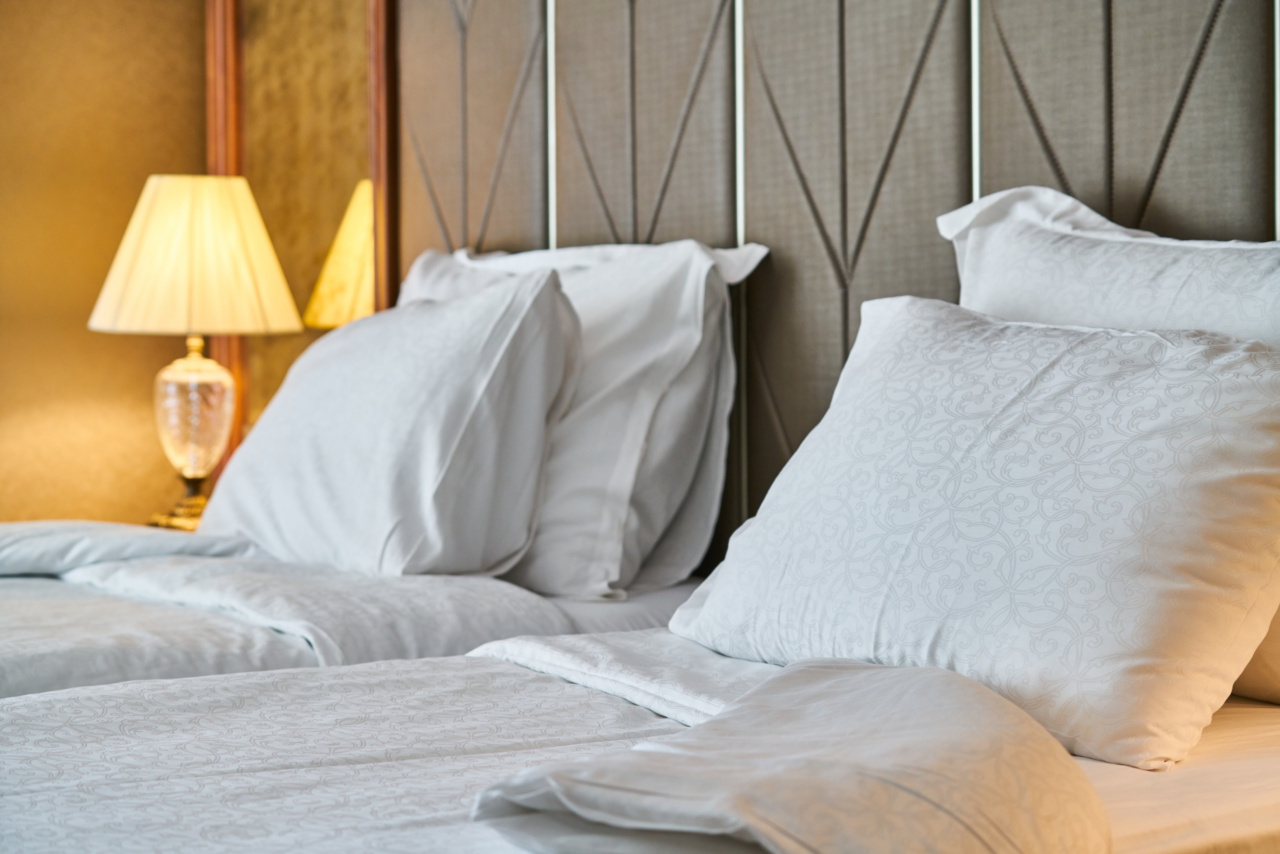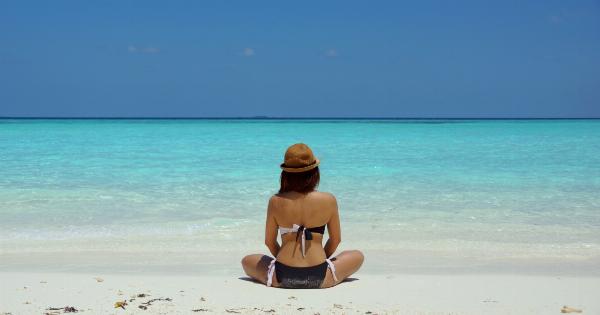UV (ultraviolet) beds, also known as tanning beds, have gained popularity in recent years as more people strive to achieve a sun-kissed glow without the hassle of sun exposure.
However, while these beds may offer convenience, they come with a host of risks and potential dangers. In this article, we will discuss why UV beds are hazardous and why individuals should exercise caution when using them.
The Science behind UV Rays
To understand the dangers of UV beds, it is essential to have a basic understanding of UV rays themselves. UV rays are a form of electromagnetic radiation that come from the sun. They consist of three types: UVA, UVB, and UVC.
UVA rays penetrate the deepest into the skin, while UVB rays primarily affect the outer layers. UVC rays, on the other hand, are thankfully absorbed by the Earth’s atmosphere and do not reach us.
How UV Beds Work
UV beds mimic the effects of the sun by emitting UVA and UVB rays. The user lies down on a bed or stands in a booth while these rays penetrate their skin, causing it to darken and tan.
The strength of the UV rays emitted by the bed can be adjusted based on the desired intensity.
The Appeal of UV Beds
UV beds can be appealing to individuals for various reasons. Some people prefer to have a tan all year round, while others use tanning beds to prepare their skin before a vacation in a sunny location.
Additionally, some individuals believe that a tan helps mask imperfections and gives their skin a healthier glow.
Risks of UV Beds
Despite their popularity, UV beds come with several risks and potential dangers. It is crucial to understand these risks to make an informed decision regarding their use.
Skin Cancer
Exposure to UV radiation, whether from the sun or UV beds, increases the risk of skin cancer. Prolonged and frequent use of tanning beds, especially at a young age, significantly raises the likelihood of developing skin cancer in the future.
The intensity of UV radiation from beds can sometimes be stronger than that of the sun, further exacerbating the risk.
Premature Aging
UV radiation damages the skin’s collagen and elastin fibers, leading to premature aging. Regular use of UV beds can result in the development of wrinkles, fine lines, and dark spots at a much younger age.
These signs of premature aging are often irreversible and can greatly impact a person’s appearance and self-confidence.
Eye Damage
While most tanning beds come with built-in eye protection in the form of goggles, not everyone uses them correctly or at all. UV radiation can harm the eyes, leading to conditions such as cataracts and macular degeneration.
Unprotected exposure to UV rays from tanning beds can also cause temporary or permanent vision impairment.
Suppressing the Immune System
Overexposure to UV radiation, including that from tanning beds, can weaken the immune system. This impairment can make individuals more susceptible to infections and diseases, as the immune system struggles to function at its optimal level.
The immune-suppressing effects of UV radiation can have far-reaching consequences on overall health.
Addiction and Mental Health
Some individuals develop an addiction to tanning beds, using them compulsively and excessively.
This addictive behavior can have detrimental effects on mental health, leading to feelings of anxiety, depression, and dissatisfaction with one’s appearance. The desire for a tan can become an obsession, causing individuals to neglect self-care and potentially endanger their well-being.
Safety Precautions
While the risks associated with UV beds are significant, some safety precautions can help minimize the potential harm:.
1. Limit Exposure
Minimize the use of UV beds. Avoid excessive and prolonged exposure to ensure the risk of developing health problems is reduced.
2. Protect Your Eyes
Always wear the provided goggles or eyewear to shield your eyes from harmful UV rays. Proper eye protection is essential to prevent eye damage and vision problems.
3. Be Aware of Medications
Some medications, such as antibiotics and certain acne treatments, can make the skin more sensitive to UV radiation. If you are taking any medication, consult your healthcare provider to determine if it is safe to use UV beds.
4. Moisturize and Hydrate
UV radiation can dry out the skin, making it important to moisturize regularly. Additionally, staying hydrated can help maintain overall skin health and mitigate some of the negative effects of tanning bed use.
5. Check Your Skin Regularly
Perform regular self-examinations for any new or suspicious moles, growths, or skin changes. Early detection is crucial for the successful treatment of skin cancer.
The Importance of Safer Alternatives
Given the risks associated with UV beds, it is crucial to explore and promote safer alternatives for achieving a tan.
Sunless tanning products, such as self-tanning lotions and sprays, offer a safe way to achieve a bronzed look without exposing your skin to harmful UV radiation. These products have evolved significantly in recent years, providing natural-looking results without the associated risks.
Conclusion
UV beds may seem alluring with their promise of a quick, sun-kissed glow, but the hazards they pose to our health cannot be ignored.
The risks of skin cancer, premature aging, eye damage, immune system suppression, and addiction make UV beds a dangerous choice. It is important to prioritize our health and opt for safer alternatives to achieve the desired tan. Remember, a sun-kissed glow should never come at the expense of our well-being.































